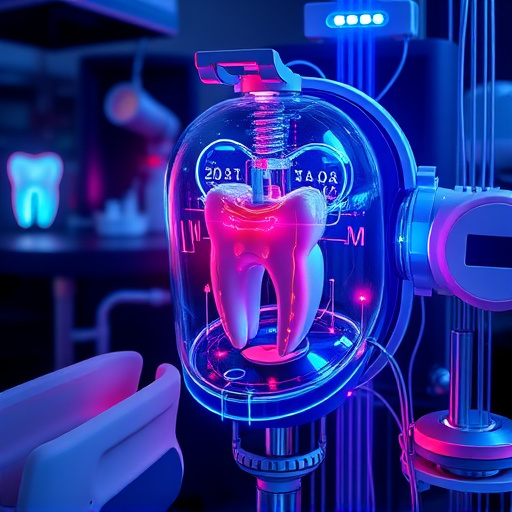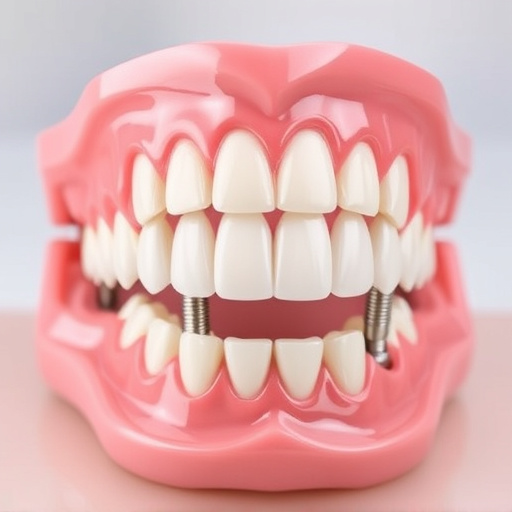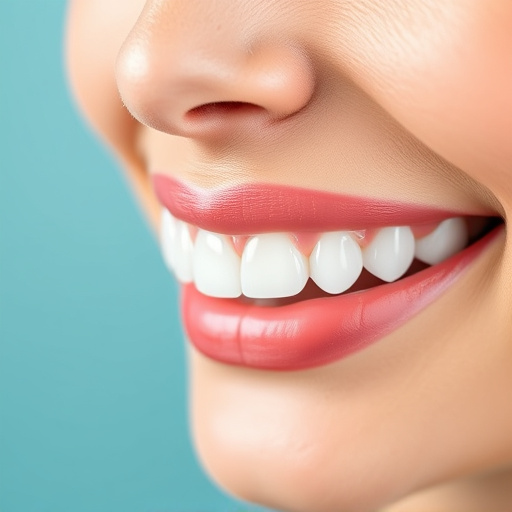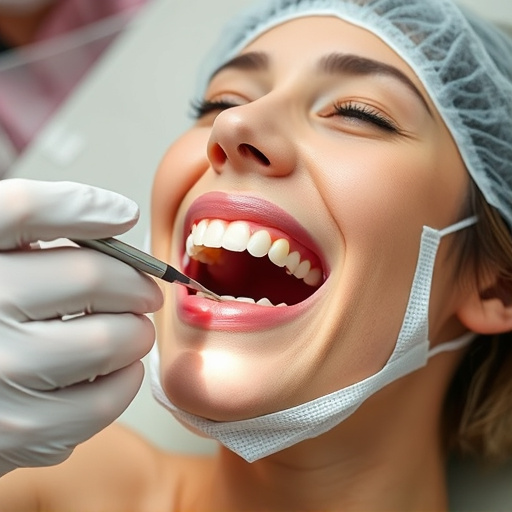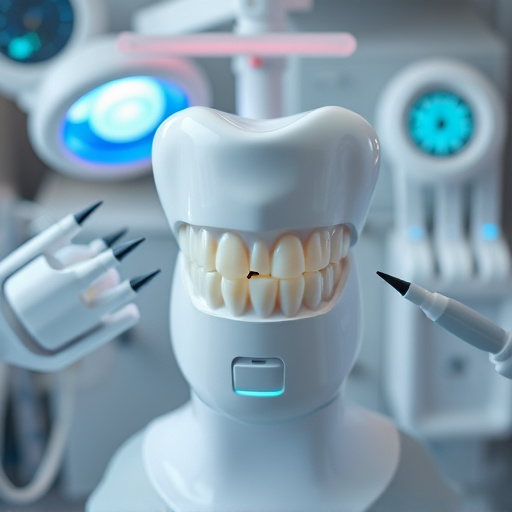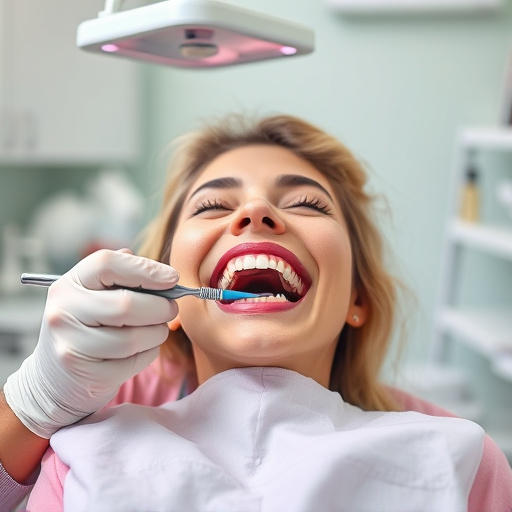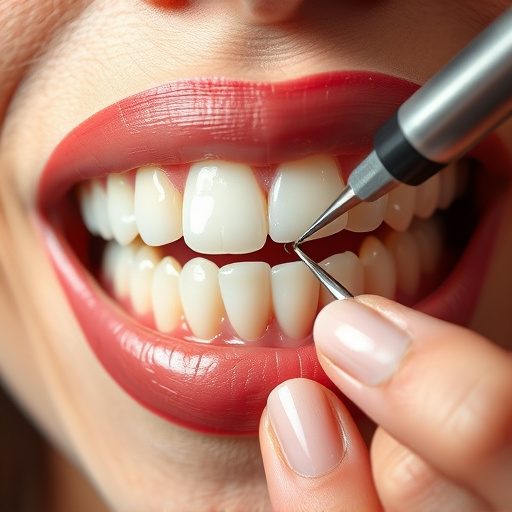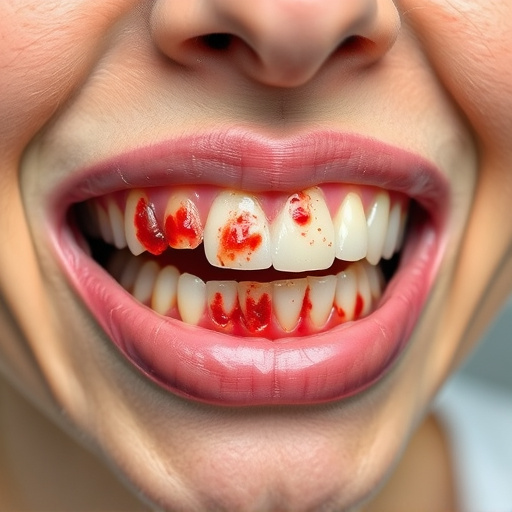A preventive dentistry program tackles tooth decay through education, regular exams, and tailored treatments like sealants and cleanings. It empowers patients with hygiene knowledge, reduces decay risk, and promotes long-term oral health by combining patient care, technology, and expert advice.
Tooth decay is a prevalent oral health issue, often leading to costly and time-consuming treatments. This article explores how a well-designed preventive dentistry program can significantly reduce tooth decay rates. We delve into the critical factors that contribute to success, from educating patients on proper hygiene practices to regularly scheduled check-ups. By implementing these strategies, dental professionals can foster long-term oral health and alleviate the burden of decay.
- Understanding the Impact of Tooth Decay
- Key Components of an Effective Program
- Strategies for Long-Term Success and Patient Education
Understanding the Impact of Tooth Decay
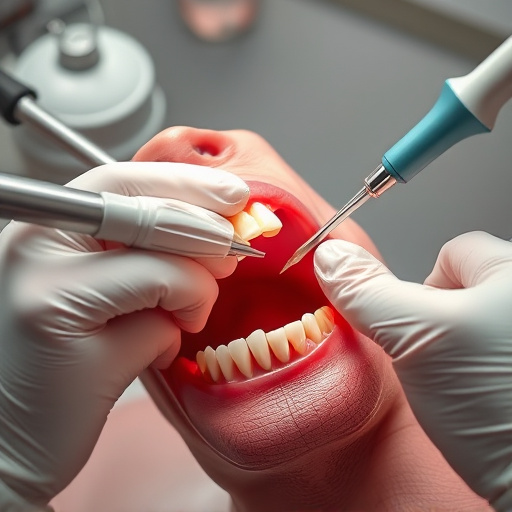
Tooth decay is a widespread oral health issue that can lead to significant consequences if left untreated. It’s more than just a pain; it can affect overall well-being and quality of life. The impact extends beyond the mouth, as tooth decay has been linked to various systemic conditions. A preventive dentistry program plays a pivotal role in combating this problem by focusing on early intervention and education. By implementing simple yet effective strategies, such as routine oral exams and promoting good oral hygiene practices, these programs can significantly reduce the instances of tooth decay.
Regular check-ups through general dentistry services enable dental professionals to detect decay at its earliest stages. This proactive approach ensures that minor issues are addressed before escalating into more complex problems requiring emergency dental care. Moreover, educational initiatives within preventive dentistry programs empower individuals with knowledge about proper nutrition, fluoride use, and effective brushing techniques—all crucial aspects in the fight against tooth decay.
Key Components of an Effective Program
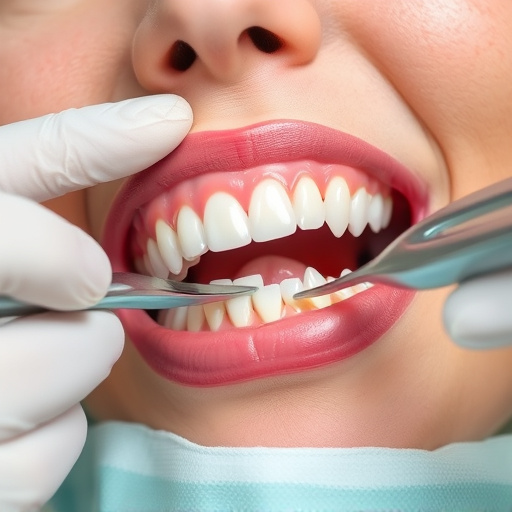
An effective preventive dentistry program is multifaceted, focusing on several key components to significantly reduce tooth decay and promote overall oral health. First and foremost, it should emphasize education—teaching patients about proper brushing techniques, the importance of flossing, and how to select the right dental products tailored to their needs. Regular routine oral exams by a qualified general dentist play a crucial role in early detection of any issues, allowing for prompt intervention.
Additionally, such programs often incorporate professional cleanings, which remove plaque buildup that brushing and flossing might miss. Other strategies include applying dental sealants to protect teeth from decay, especially in children and teenagers. For areas prone to decay or patients with specific needs, dental bonding can be a valuable tool. By combining these elements, a comprehensive preventive dentistry program ensures that patients receive the best care possible, minimizing the risk of tooth decay and fostering a healthier smile.
Strategies for Long-Term Success and Patient Education
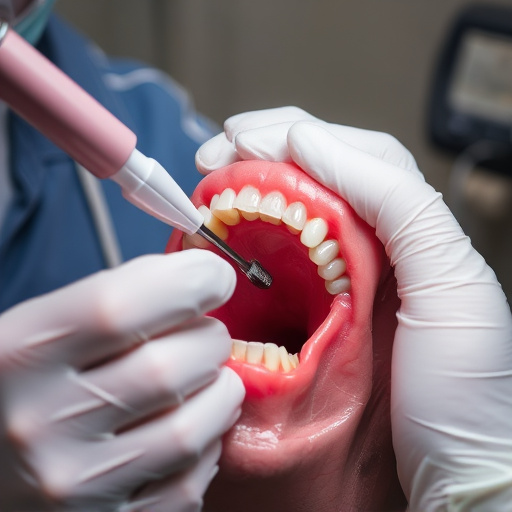
A successful preventive dentistry program hinges on long-term strategies that empower patients to take charge of their oral health. This includes educating patients on proper oral hygiene techniques, such as brushing twice daily with fluoride toothpaste and flossing once a day. By instilling these habits from an early age, the program can significantly reduce the risk of tooth decay and other dental issues.
Incorporating modern tools like clear aligners into the preventive dentistry regimen offers additional benefits. These transparent braces provide a discreet alternative to traditional metal brackets, making it easier for patients to maintain good oral hygiene. Regular check-ups and professional cleanings remain crucial components, ensuring that any emerging problems are caught early. Additionally, reinforcing the importance of a balanced diet low in sugary foods and drinks further contributes to the overall success of the program, complementing the efforts of both patient and dental care provider.
A well-structured preventive dentistry program, focusing on education and key strategies, can significantly reduce tooth decay. By understanding the impact of this issue and implementing effective components, such as regular checkups and proper oral hygiene techniques, we can foster long-term dental health. Continuously educating patients about the importance of preventive care ensures a brighter, healthier future for everyone. This approach not only saves time and money but also enhances overall quality of life, making it a vital strategy in modern dentistry.







